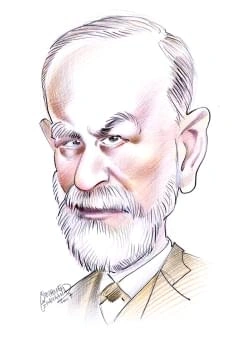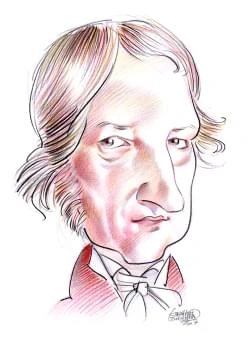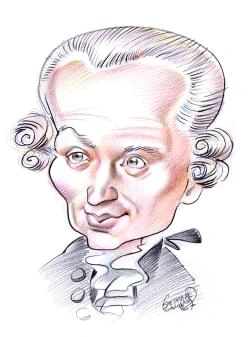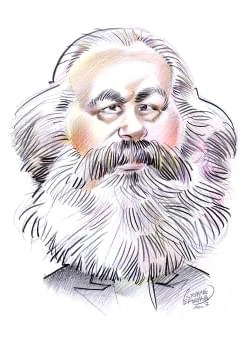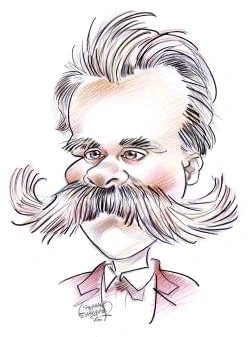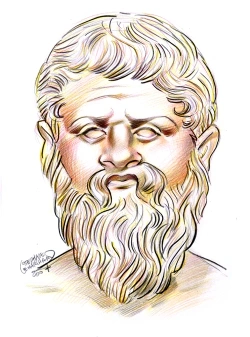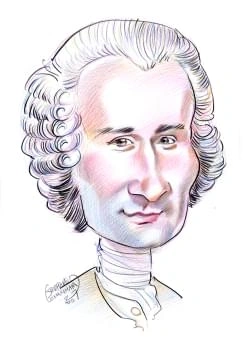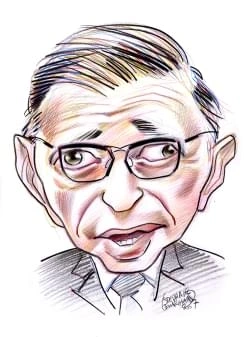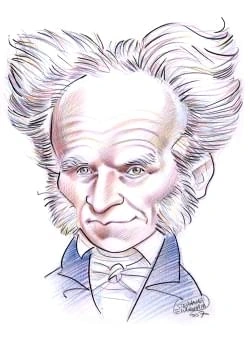9 résultats pour "displayed"
- Fides (Fides Publica) Roman The goddess or personification of honor, honesty, and good faith, particularly as displayed publicly in support of Rome.
-
Surrealism
I
INTRODUCTION
Surrealism, artistic and literary movement that explored and celebrated the realm of dreams and the unconscious mind through the creation of visual art, poetry, and
motion pictures.
Hieronymus Bosch’s The Garden of Earthly Delights (about 1505-1510).© 2008 Salvador Dali, Gala-Salvador Dali Foundation / Artists Rights Society (ARS), New York./Bridgeman Art Library, London/New York Dreams, according to Freud, were the royal road to studying the unconscious, because it is in dreams that our unconscious, primal desires manifest themselves. Theincongruities in dreams, Freud believed, result from a struggle for dominance of ego and id. In attempting to access the real workings of...
-
Metropolitan Museum of Art.
B Ancient Near Eastern Art The objects in this department range from a vast geographical area in southwest Asia and northeast Africa from around 5000 BC to around AD 600. Notable works include Assyrian reliefs from the palace of King Ashurnasirpal II at Calah (now Nimrud, Iraq), Sumerian sculpture, Anatolian ivories, Iranian bronzes, and Achaemenidand Sassanian works in silver and gold. C Arms and Armor This department is renowned for its collection of European armor from the Middle Ages (5t...
-
Ancient Rome .
attributed to Numa, including the selection of virgins to be priestesses of the goddess Vesta. He also established a calendar to differentiate between normal workingdays and those festival days sacred to the gods on which no state business was allowed. His peaceful reign lasted from 715 to 673 BC. Under Tullus Hostilius (672–641 BC) the Romans waged an aggressive foreign policy and began to expand their lands by the conquest of nearby cities like Alba Longa. When the warlike King Hostilius co...
-
Ancient Rome - USA History.
attributed to Numa, including the selection of virgins to be priestesses of the goddess Vesta. He also established a calendar to differentiate between normal workingdays and those festival days sacred to the gods on which no state business was allowed. His peaceful reign lasted from 715 to 673 BC. Under Tullus Hostilius (672–641 BC) the Romans waged an aggressive foreign policy and began to expand their lands by the conquest of nearby cities like Alba Longa. When the warlike King Hostilius co...
-
Jimmy Carter.
B Election of 1976 Carter apparently decided as early as 1972, halfway through his four-year term as governor, that he would seek the presidency of the United States. Soon after the1972 election, his campaign manager drew up a detailed campaign strategy. Carter followed the plan closely, beginning an exhausting schedule of campaigning as soonas his gubernatorial term ended. When Carter formally announced in January 1975 that he was a candidate for president, he had almost no national reputation...
-
Jimmy Carter
B Election of 1976 Carter apparently decided as early as 1972, halfway through his four-year term as governor, that he would seek the presidency of the United States. Soon after the1972 election, his campaign manager drew up a detailed campaign strategy. Carter followed the plan closely, beginning an exhausting schedule of campaigning as soonas his gubernatorial term ended. When Carter formally announced in January 1975 that he was a candidate for president, he had almost no national reputation...
-
Roman Art and Architecture - History.
Racecourses or circuses were also built in many cities for holding chariot races and horse races. Rome’s circus-shaped Piazza Navona occupies the site of one that wasbuilt during the reign ( AD 81-96) of the emperor Domitian. The largest circus in Rome, the Circus Maximus, held about 200,000 spectators. E Public Baths Large cities and small towns alike also had public baths ( thermae ); under the Republic they were generally made up of a suite of dressing rooms and bathing chambers with hot- ,...
-
Museum.
History museums are dedicated to promoting a greater appreciation and knowledge of history and its importance to understanding the present and anticipating thefuture. They range from historic sites and small historic house museums to large, encyclopedic institutions such as the Smithsonian’s National Museum of AmericanHistory in Washington, D.C. Many cities and states have historical societies that operate museums or historic sites. History museums usually collect a wide range ofobjects, includi...
}})
